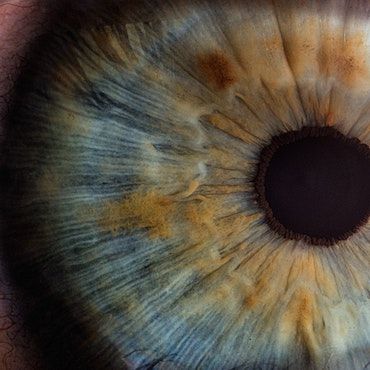Intravitreal Dexamethasone Implant Appeared Positive for Eyes with RVO-ME
The implant significantly reduced CRT in patients with RVO-ME, but the study reported no relationship between OCT biomarkers and clinical outcomes.

New findings indicated intravitreal dexamethasone implant positively affects central retinal thickness (CRT) and best-corrected visual acuity (BCVA) in eyes with macular edema secondary to retinal vein occlusion (RVO-ME).
The study data show no differences between eyes with branch RVO-ME or those with central RVO-ME and no differences between treatment naive and previously treated eyes. At the 2-month mark, there was a BCVA mean gain of +5.4 letters and 20 eyes (35.1%) achieved a BCVA improvement of ≥15 letters at month 6.
“Although there was no difference in mean change in BCVA between eyes with CRVO-ME and those with BRVO-ME, the mean change in BCVA was significantly greater in the treatment naïve eyes than in the previously treated ones,” wrote study author Verónica Castro-Navarro, Ophthalmology Department, Consorcio Hospital General Universitario de Valencia.
Previous results from the GENEVA study suggest significantly better functional and anatomic outcomes after dexamethasone administration in eyes with RVO-ME. Biomarkers from optical coherence tomography (OCT) may lead to better prediction of treatment clinical outcomes, but predictive values of OCT biomarkers varied among studies.
The current retrospective study was conducted on a cohort of patients with RVO who received treatment with dexamethasone implant between January 2014 and September 2018 and had a minimum follow-up of 6-months. Investigators defined anatomic success as a CRT <250 or a relative reduction of CRT ≥10% from baseline.
The primary endpoint was the mean change in CRT from baseline to month-6, followed by secondary endpoints including changes in BCVA, the impact of baseline OCT biomarkers on functional and anatomic outcomes, and the impact of treatment on different OCT biomarkers.
A total of 57 eyes fulfilled inclusion criteria requirements and were included in the study (29 treatment naive and 28 previously treated). The findings indicate baseline BCVA was significantly lower in the eyes with disrupted external limiting membrane (ELM) (mean, 40.3 ± 21.3 letters) than in those with non-disrupted (mean, 68.6 ± 10.7 letters) or partially-disrupted ELM (mean, 59.6 ± 13.2 letters), P = .0001 and P = .0011, respectively.
Moreover, eyes with disorganization of the retinal inner layers (DRIL) had lower baseline BCVA than those without DRIL (Hodges-Lehmann median difference, -12.0 letters; 95% CI, -25.0 to -5.0 letters; P = .0042). Investigators noted baseline BCVA was significantly lower in eyes with more than 20 HRF than in those with less than 10 HRF (P = .0388).
In the overall study sample, CRT was significantly decreased from 567.6 ±226.2μm at baseline to 326.9 ± 141.0μm at the 6-month mark (P <.0001). Additionally, at the 6-month mark, 26 (45.6%), 24 (42.1%), and 20 (35.1%) eyes had achieved a BCVA improvement of ≥5, ≥10, and ≥15 letters, respectively. Eighteen eyes (31.6%) did not show RVO-ME recurrence.
Meanwhile, 40 (70.2%) eyes were classified as anatomic success at 6 months, including 10 (66.7%) eyes with CRVO-ME, 30 eyes (71.4%) in those with BRVO-ME, 22 (71.0%) in treatment-naive eyes, and 18 (69.2%) in previously treated eyes.
In the multivariate analysis, investigators reported only the baseline BCVA was significantly associated with functional success, although no factor was significantly associated with anatomic success.
The study, “Optical coherence tomography biomarkers in patients with macular edema secondary to retinal vein occlusion treated with dexamethasone implant,” was published in BMC Ophthalmology.